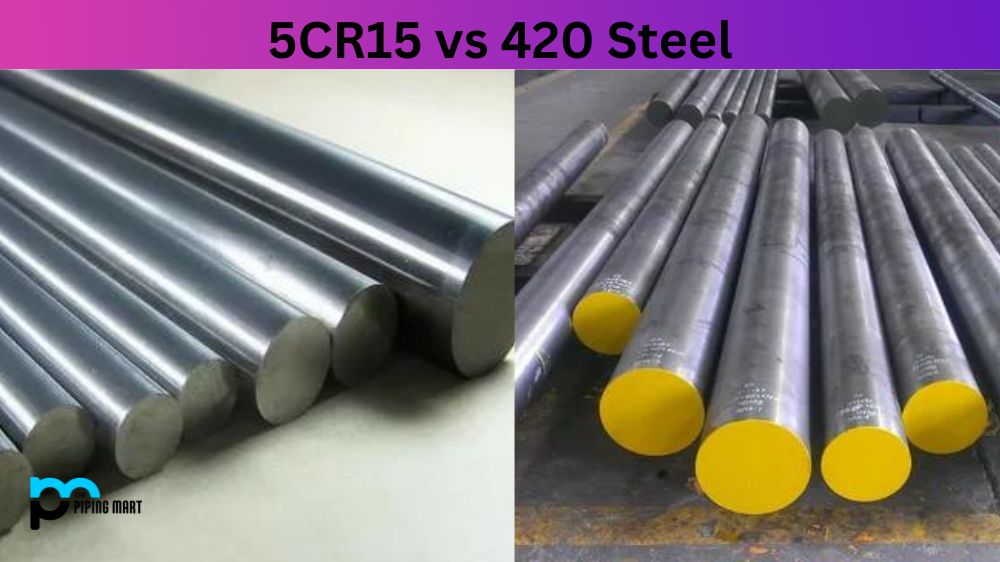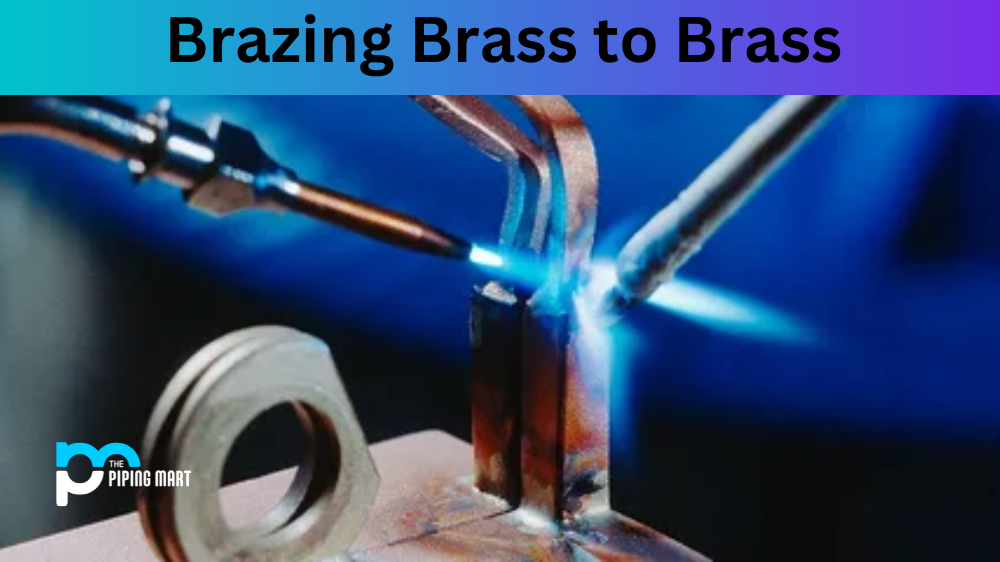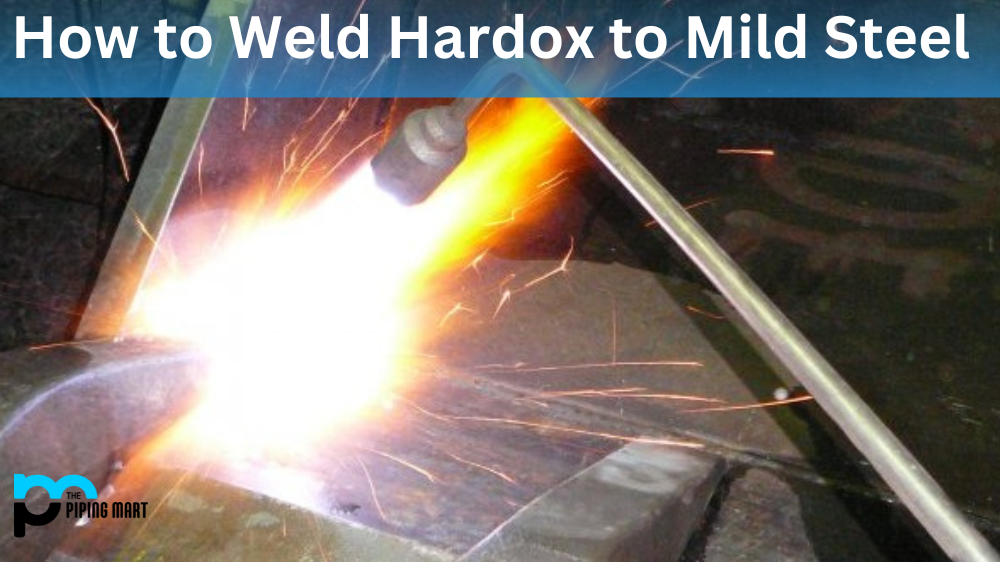When choosing the right steel for your projects or products, it’s essential to understand the differences between various types of steel. Two such types are 5CR15 and 420 steel. These are often confused with each other due to their similarities in terms of their colour and appearance. However, they differ greatly in terms of their properties and uses. In this blog post, we’ll take a closer look at these two types of steel and help you understand the difference between them.
What is 5CR15 Steel?
5CR15 steel is a Chinese-made stainless steel containing 5% chromium and 15% chromium. It is often used for cutlery, surgical instruments, and other small tools due to its durability, rust resistance, and ease of sharpening. Most notably, it has excellent edge retention compared to other blades made of similar materials.
What is 420 Steel?
420 Steel is a high-carbon stainless steel with a martensitic structure, suitable for use in blades and knives. It contains higher amounts of chromium than some other classes of stainless steel, giving it superior corrosion resistance and wear resistance when compared to comparable grades. With its excellent toughness and hardness properties, it is also commonly used in industrial applications such as surgical instruments or pressure vessels.
Difference Between 5CR15 and 420 Steel
Chemical Composition
5CR15 and 420 steel differ significantly in their chemical composition. 5CR15 steel is a high chromium martensitic stainless steel, while 420 is a martensitic stainless steel with a lower chromium content. The high chromium content in 5CR15 steel makes it resistant to corrosion and wear, making it an excellent choice for knives and other sharp cutting tools. On the other hand, the lower chromium content in 420 steel makes it suitable for less corrosive environments.
Hardness
Another significant difference between 5CR15 and 420 steel is their hardness. 5CR15 steel has a higher hardness level, making it more challenging and durable. It retains its sharpness and edge for a longer time than 420 steel. However, the trade-off is that it can be more difficult to sharpen 5CR15 steel than 420 steel. 420 steel has a lower hardness, which makes it easier to sharpen and maintain. It’s also more flexible than 5CR15 steel and, thus, has higher toughness.
Uses
Based on their properties, 5CR15 and 420 steel have different uses. 5CR15 steel is often used in manufacturing knives, scissors, and surgical instruments due to its high hardness, corrosion resistance, and wear resistance. It also produces high-end products such as watches, jewellery, and cutlery. 420 steel, on the other hand, is more commonly used in manufacturing sliding parts, pump shafts, and valve components, among others. Its lower chromium content makes it unsuitable for use in highly corrosive environments.
Availability and Cost
5CR15 steel is more premium compared to 420 steel. It’s more expensive due to its higher chromium content and superior properties than 420 steel. However, it’s readily available and can be found in various shapes and sizes. 420 steel, conversely, is more affordable due to its lower chromium content and hardness level. However, it’s less widely available than 5CR15 steel.
Maintenance
Proper care and maintenance are crucial for 5CR15 and 420 steel to ensure longevity. 5CR15 steel should be sharpened using diamond-coated sharpening stones to maintain its sharpness. After use, it should be wiped down with a clean cloth and oiled to prevent corrosion. As for 420 steel, it should be sharpened using a ceramic or diamond sharpening stone. After use, clean it with a mild detergent and dry it immediately to prevent staining.
Conclusion:
In conclusion, 5CR15 and 420 steel may look similar in colour and appearance, but they differ significantly in their properties, uses, and cost. 5CR15 steel is the premium option due to its high hardness, corrosion resistance, and wear resistance. It’s commonly used to manufacture knives, scissors, and surgical instruments. On the other hand, 420 steel is less expensive, more flexible, and easier to sharpen. It’s often used in manufacturing sliding parts, pump shafts, and valve components. When choosing between the two, it’s essential to consider the project’s requirements and the intended use to make the right choice. Moreover, proper care and maintenance of both steels are crucial in maintaining their longevity.

A passionate metal industry expert and blogger. With over 5 years of experience in the field, Palak brings a wealth of knowledge and insight to her writing. Whether discussing the latest trends in the metal industry or sharing tips, she is dedicated to helping others succeed in the metal industry.




